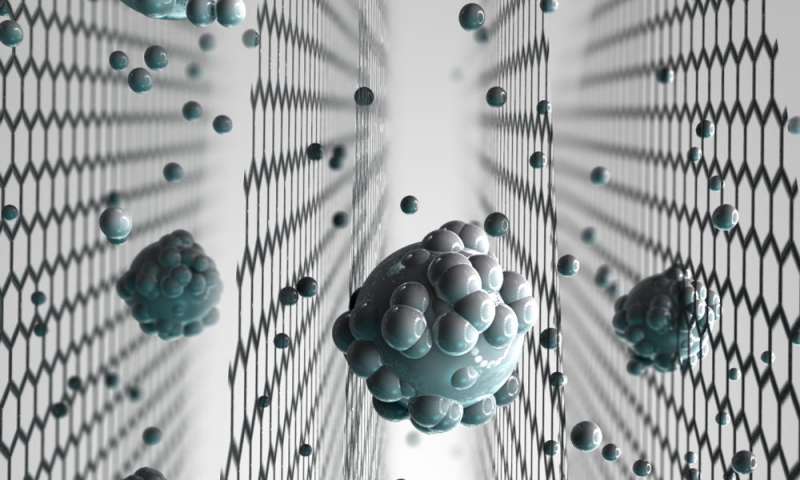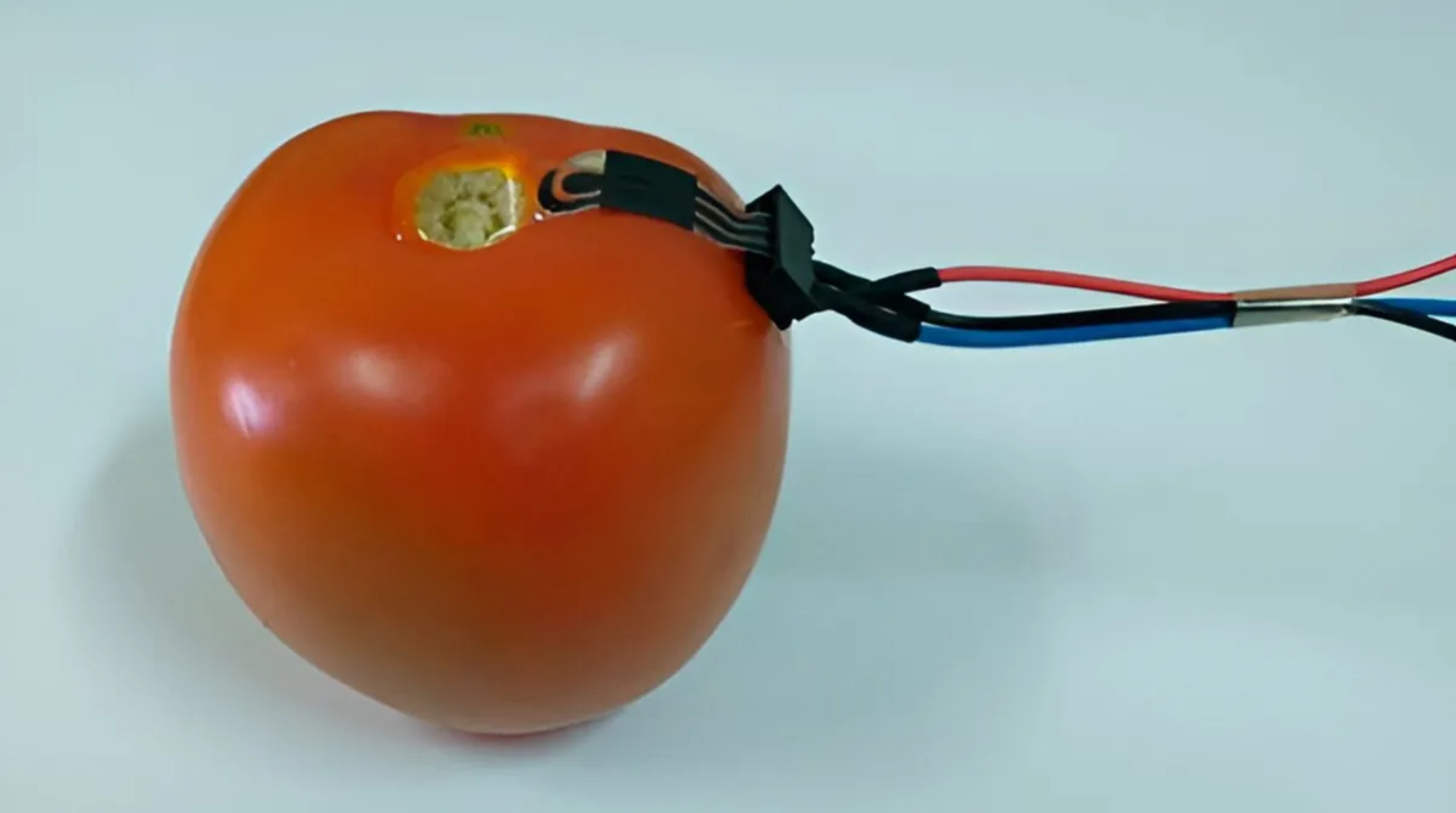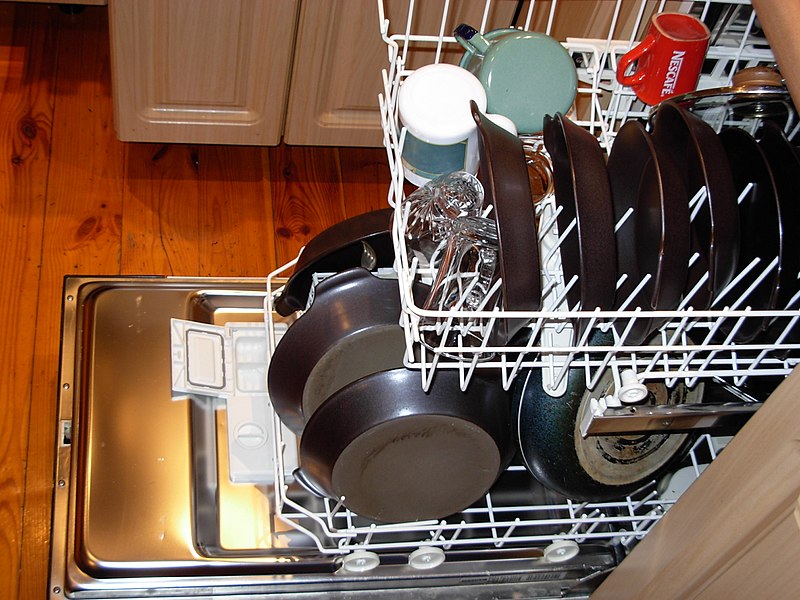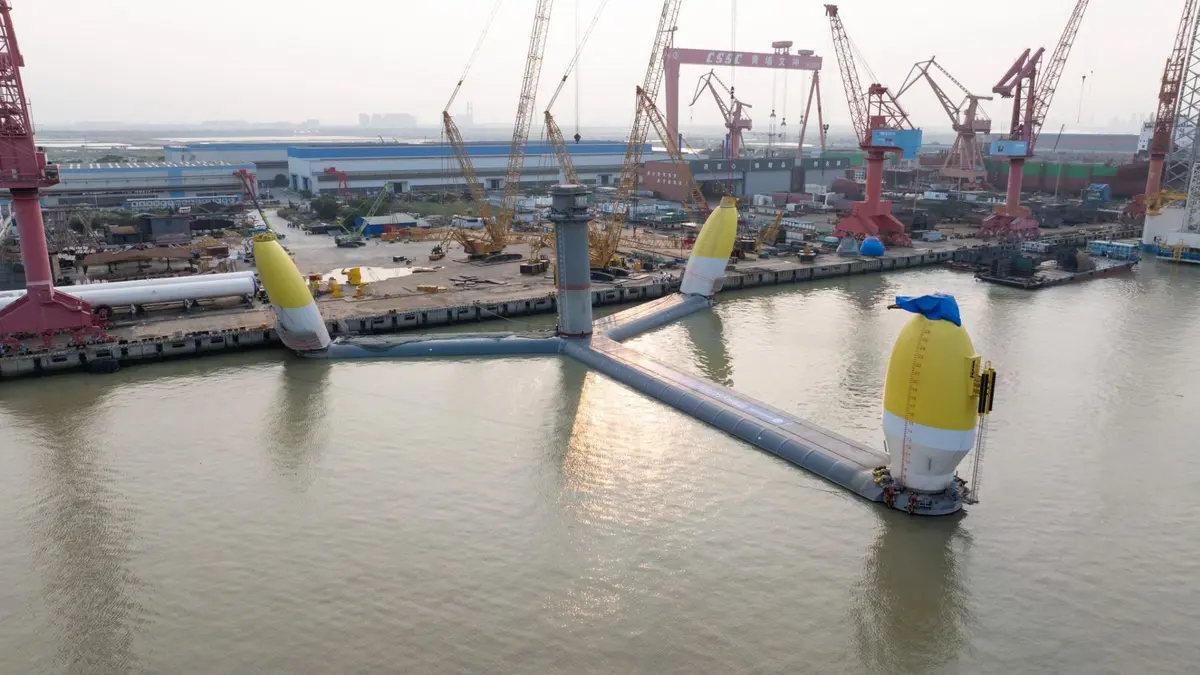Although 71% of the Earth’s surface is covered with water, still nearly 1 billion people in the developing world don’t have access to clean drinking water.
To solve this problem, a team of researchers from the University of Manchester led by Dr. Rahul Nair has created a graphene-based sieve that is capable of removing salt from seawater.
They made use of the chemical derivative graphene oxide in developing this sieve. A graphene oxide membrane efficiently filters out nanoparticles, organic molecules, and large salts from water.
However, common salts in seawater pass through it. Moreover, graphene oxide membranes swell up when immersed in water. This allows smaller salt particles to pass through the engorged pores along with the water.
The team solved this problem by building walls of epoxy resin on either side of the sieve. This helped in restricting swelling. With this, scientists were able to create holes tiny enough to filter out all salt molecules from seawater.
Dr. Nair said, “Water molecules can go through individually, but sodium chloride cannot. It always needs the help of the water molecules. The size of the shell of water around the salt is larger than the channel size, so it cannot go through.”







